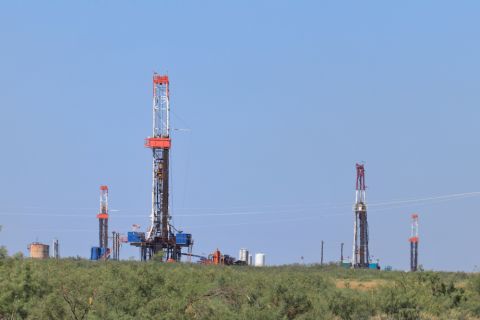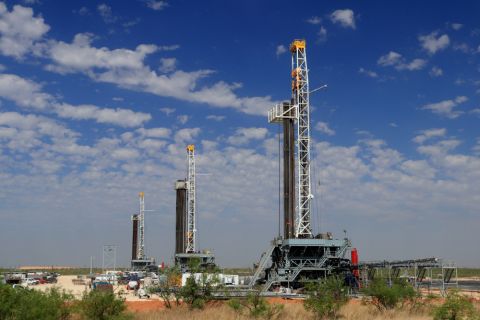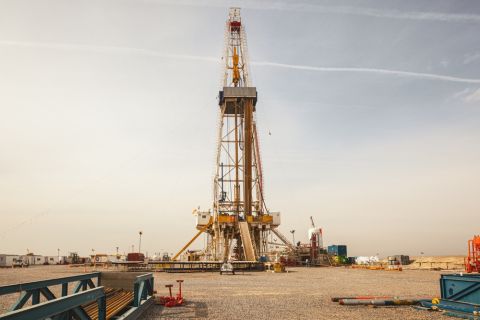?Essentially, half of the gas produced in the U.S. flows from wells drilled and completed during the past 40 months, according to Phillip (Pete) Stark, vice president, IHS Inc.?That’s eight months shorter than the?figures of just two years ago.
Stark made his presentation?at the 20th annual Rocky Mountain Natural Gas Strategy conference, co-presented by the Colorado Oil & Gas Association and the Rocky Mountain section of AAPG. More than 3,000 people?attended the event.
Stark pointed out?that high prices have stimulated a great deal of drilling activity, but the shift to lower-volume unconventional sources means the U.S.?must increase drilling to continue to grow?gas production. Increasingly, the U.S.?relies on gas production from new and current drilling:?In 1996, fewer than 9,000 gas wells were drilled in America, and in 2006, more than 30,000.
Stark presented an analysis of gas-play economics.?Based on capex, operating costs, royalties and clearing prices,?IHS has quantified returns?by play.
In 2005, when it?started this?effort, about 85% of U.S. gas plays generated at least a 10% return on investment on average.?By 2007,?fewer than 40% of?plays scored in the desirable ?range, according to Stark. Today’s gas prices are quite strong and most every play makes economic sense, but IHS’ analysis?highlights the vulnerability of gas profitability to costs, price volatility and basis differentials.
Recommended Reading
New Permian Math: Vital Energy and 42 Horseshoe Wells
2024-05-10 - Vital Energy anticipates making 42 double-long, horseshoe-shaped wells where straight lines would have made 84 wells. The estimated savings: $140 million.
SM Energy Targets Prolific Dean in New Northern Midland Play
2024-05-09 - KeyBanc Capital Markets reports SM Energy’s wells “measure up well to anything being drilled in the Midland Basin by anybody today.”
Vår Selling Norne Assets to DNO
2024-05-08 - In exchange for Vår’s producing assets in the Norwegian Sea, DNO is paying $51 million and transferring to Vår its 22.6% interest in the Ringhorne East unit in the North Sea.
Crescent Energy: Bigger Uinta Frac Now Making 60% More Boe
2024-05-10 - Crescent Energy also reported companywide growth in D&C speeds, while well costs have declined 10%.
SLB OneSubsea JV to Kickstart North Sea Development
2024-05-07 - SLB OneSubsea, a joint venture including SLB and Subsea7, have been awarded a contract by OKEA that will develop the Bestla Project offshore Norway.





